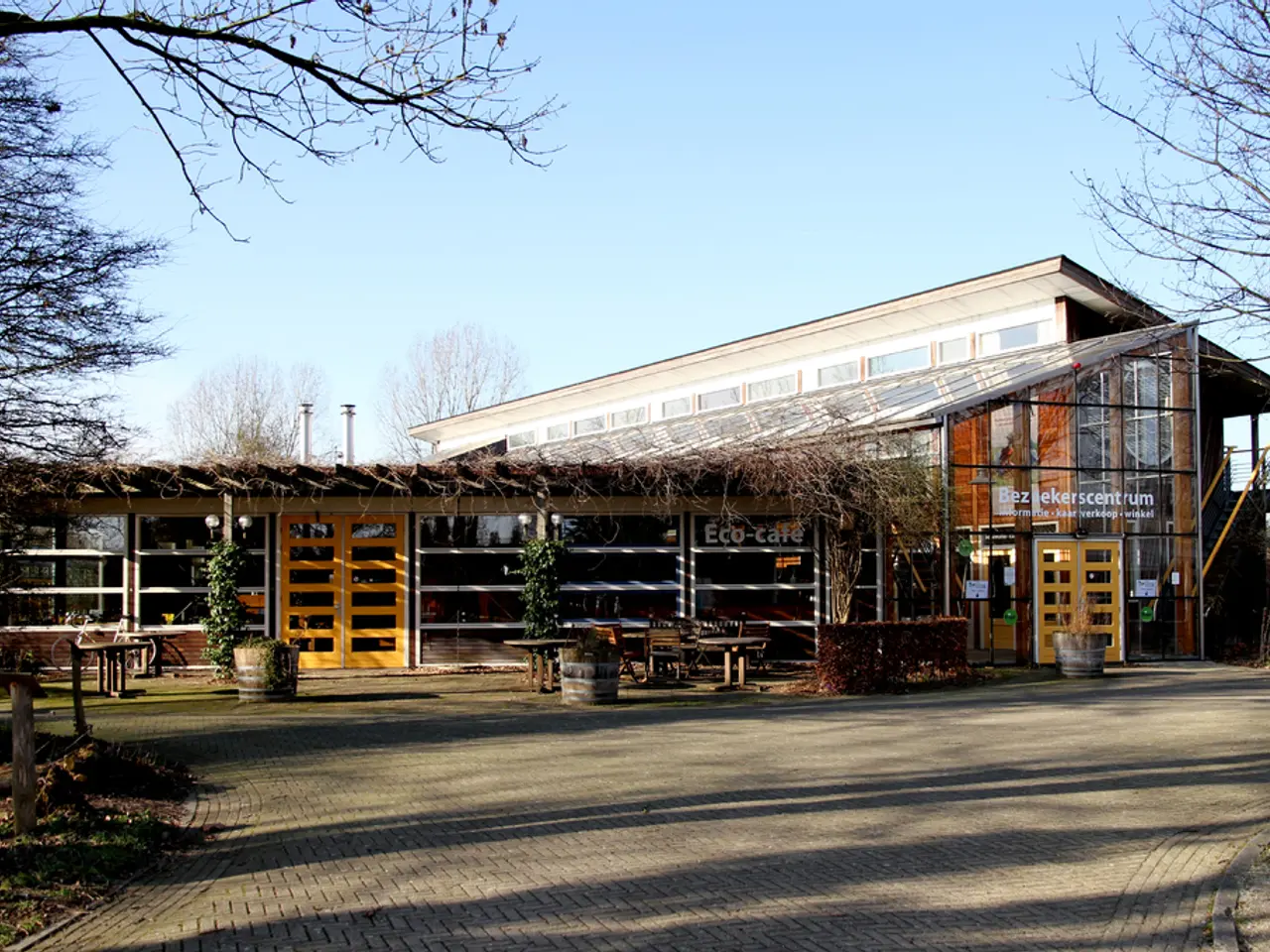Exploration of Decentralized Database Systems (NoSQL)
In the realm of NoSQL databases, one particular type stands out for its ability to handle complex relationships between data entities: graph databases. These databases offer significant advantages, especially in use cases where data structures are deeply interconnected.
One of the key benefits of graph databases is their optimized handling of relationships. Unlike traditional databases, graph databases natively manage complex relationships (one-to-one, one-to-many, many-to-many) efficiently, without the need for costly join operations. This efficiency enables real-time queries on interconnected data, such as mutual friends or fraud patterns.
Another advantage is the flexibility in data modeling. Graph databases allow for dynamic schema evolution, meaning that the addition or modification of node and edge types can be done without downtime or costly migrations. This feature is ideal for applications where data structures change rapidly or frequently.
Scalability and high availability are also strengths of graph databases. Modern graph databases support horizontal scaling by distributing data across multiple nodes, maintaining high query performance. Data replication ensures continuous availability, allowing system resilience even during node failures.
Moreover, graph databases are optimized for queries that explore data connections. They excel at shortest path calculations, community detection, or influence analysis, providing valuable insights into complex networks and patterns that relational or other NoSQL models may struggle with.
Common use cases for graph databases include social networking platforms, recommendation engines, fraud detection, bioinformatics, network and infrastructure management, and supply chain logistics. These domains all rely heavily on relationships among data points, making graph databases a valuable tool.
Neo4j, for instance, is a NoSQL graph database that has found success in applications like fraud detection and social networks.
However, it's important to note that NoSQL databases, including graph databases, may not offer the same level of consistency, transaction management, reliability, security, or feature set as traditional relational databases. For applications that require complex data analysis or reporting, or that need strict data integrity, a relational database might be a better fit.
In summary, graph databases within NoSQL systems are particularly beneficial when applications require flexible schema, efficient traversal of relationships, scalability, and real-time analysis of deeply connected data. They are a powerful tool for handling complex relationships and providing insights into interconnected data structures.
- In the domain of data-and-cloud-computing, technology like graph databases is often integrated due to their efficiency in managing relationships within data structures, a key advantage over traditional databases.
- For system design, graph databases offer an edge through flexible data modeling, allowing for the evolution of data structures without downtime or costly migrations, particularly beneficial in agile environments.
- In discussions about database management, graph databases stand out for their scalability and high availability, allowing for horizontal scaling across multiple nodes, ensuring continuous availability, and data replication for resilience during node failures.




